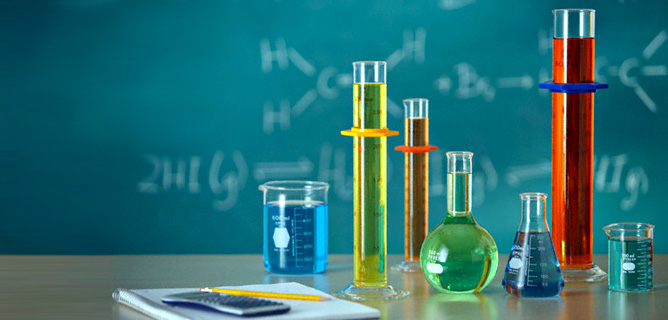
Experimental Design
Experimental Design
Apparatus are the various instruments and the containers that are used to perform different experiments and to take different measurements.
It is extremely important that these apparatuses are finely tuned and accurate as their accuracy derives the findings and measurements of the experiment.
SI Units are the relative standard units of measurements that are used for different measurements throughout the subject.
Mass is referred to as the “amount of matter” a substance holds within. The units used for mass are Kg (Kilogram), g(Gram) and for even smaller objects mg(milligram). The conversation for these units is as follows:
1 Kg= 1000 g
1 g= 1000 mg
There are two kinds of balances used to measure mass.
1. Beam Balance: this apparatus has a pan on one end and movable mass on one end. As you place the sample on to the pan, the objective is to move the mass along the scale as the beam becomes horizontal. The accuracy of the reading depends on the skill level of the person carrying out the experiment.
2. Electronic Balance: this apparatus has a digital display that gives the reading to its nearest 0.01g as the sample is placed on to the pan. An Electronic Balance is extremely easy to use and accurate.
The mass of a beaker is 181.65 g. When a sample of ethanol is poured into the beaker, the mass is raised to 243. 76 g. What is the mass of ethanol?
Solution:
Mass of Ethanol = Mass of Beaker and Ethanol – Mass of Beaker
= 243.76 – 181.65 = 62.11 g
The amount of space a substance occupies is called the Volume of the substance. The SI units for volume are m3, dm3, cm3. Litre and Millilitre (l, ml) are not SI units for Volume. The conversion for these units is:
1 m3 = 1000 dm3
1 dm3 = 1000 cm3
1 l = 1 dm3
1 ml = 1 cm3
Different apparatuses have different degrees of accuracy. And so even though apparatus such as beaker may provide you with an estimate of volume, they are not fit for calculation due to low accuracy. A burette gives the reading to the nearest 0.05cm3, a pipette is accurate to + - 0.05cm3 of the marked value and a volumetric flask is accurate to + - 0.1cm3 of the marked value.
The liquid is measured from the bottom of the meniscus if it’s an aqueous solution and at the top of meniscus if its mercury. For liquids that are opaque, and the lower meniscus cannot be seen, measurement is taken from the upper level.
For insoluble gases, they can be collected in an inverted burette filled with water. For gases that are soluble in water, mercury can be used.
For measuring time, a digital stopwatch is used as they measure time accurately to fractions of a second.
Temperature is the degree of how hot the body is at an instance. The SI unit for temperature is Kelvin. The conversion from Centigrade to Kelvin is as follows:
Centigrade = Kelvin – 273
Kelvin = Centigrade + 273
A liquid glass thermometer has a scale from -10 to 110 C. the liquid may be alcohol or some other liquid with a dye to make it visible. However, mercury thermometers are usually used as the responsiveness of mercury to temperature is much faster. There are also electronic thermometers that can be also used.
Metal-Acid And Carbonate-Acid Reactions
Reactions of metal or metal carbonate with acid produce gases and so a combination of apparatuses must be used for these experiments.
Metal + dilute acid = metal salt + hydrogen
Metal Carbonate + dilute acid = metal salt + carbon dioxide
Here the rate of reaction can either be calculated by the rate at which volume is collected or the rate at which the reaction mixture losses mass.
A dropping funnel is used, it carries a dilute acid which is run into a conical flask with the metal. And so the gas evolved during the reaction is then contained in a volumetric syringe attached.
Methods Of Collecting Gas
Gases that are not soluble in water and are not required dry are collected in an inverted tube over water. A trough and gas jar is filled with water and the gas is collected through a delivery tube that goes in it.
This method of collecting gas is only applicable for gases that are not soluble in water.
The other two methods are downwards or upwards delivery method, we take into consideration the density of the gas being collected when making the decision.
Gases denser than air are collected by downward delivery. Cl2, CO2, SO2.
Gases that are less dense than air are collected by upward delivery. H2
